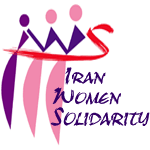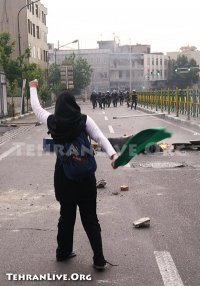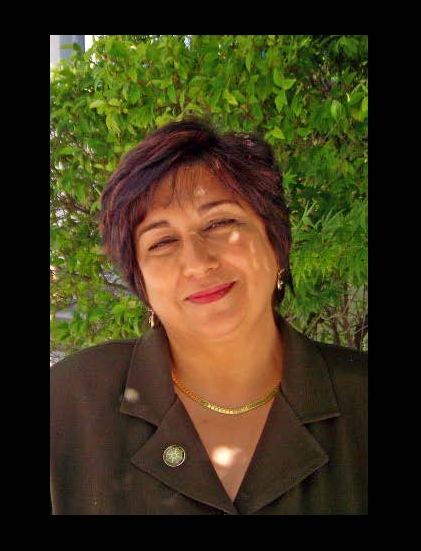San Francisco Chronicle: Ordinary women in long black chadors and head scarves – both young and old – are performing extraordinary acts of bravery in Iran today.
Women are at the forefront of these nonviolent demonstrations violently suppressed by the government-backed militias (known as Basij). It took the brutal death of Neda Agha Soltan in Tehran on June 20 during a street protest to bring the role of women in this post-election crisis to light.
Today, 62 percent of all Iranian university students are women, rates of divorce initiated by women have accelerated, and women’s rights have become an issue for the leaders of the country.
Iranian women’s rights activists have launched the One Million Signature Campaign, which seeks to reform gender inequalities in Iran’s constitution. The campaign has raised awareness among Iranian women, irrespective of class or degree of religiosity.
The campaign has spread to 16 provinces and even made the members of the conservative parliament react to the women’s demands. But President Mahmoud Ahmadinejad was determined to eradicate these demands under the banner of national security, alleging that women’s rights activists were motivated by the “enemies of the state.” His government has arrested more than 70 activists over the past four years.
But as the number of arrests rose, so did the number of campaign volunteers.
Women formed a broad coalition one month before the election to demand that all four candidates respond to women’s issues, specifically: that Iran become a signatory in the international CEDAW (Convention of Elimination of Discrimination Against Women) and that the legislature reform the articles of the constitution that lead to gender discrimination.
Zahra Rahnavard, candidate Mir Hossein Mousavi’s wife, who is now under informal house arrest in Tehran, said Mousavi’s Cabinet would make Iran a signatory of CEDAW and would work hard to improve women’s rights.
Jamileh Kadivar, the spokeswoman for candidate Mehdi Karoubi, went even further: She questioned the much-taboo issue of a mandatory hijab (head scarf).
Ahmadinejad, on the other hand, had proposed making polygamy legal in a country where it is socially unacceptable. He also sought to lower the number of female university students through a gender quota system. National television, which works under direct control of the supreme leader, broadcast one program after another advocating the women’s “proper place” in an Islamic society.
So, it is not surprising to see waves of women protesting a fraudulent election. There is so much at stake for Iranian women. Four more years of Ahmadinejad will bring more morality police into the streets to harass women and put more pressure on Iranian women’s rights activists.
The religiously devout Muslim women also are disappointed: They do not want to see bloodshed in the streets. Ayatollah Ali Khamenei’s reputation as the supreme religious authority for Shiites is greatly at risk among his followers who have come to see him responsible for the current crisis.
Today, Iranian women are protesting in the streets and throwing themselves at the Basij to protect the youth, the students and all those who want their voices to be heard through a nonviolent movement. The middle-aged women remind the Basij of the Islamic republic’s promise of Islamic justice to mothers and a bright future to the next generation.
The bloody face of Neda will export the revolutionary promises – but in exactly the opposite way from what was intended.
Elham Gheytanchi teaches sociology at Santa Monica College. She writes about women, culture and politics in Iran.


